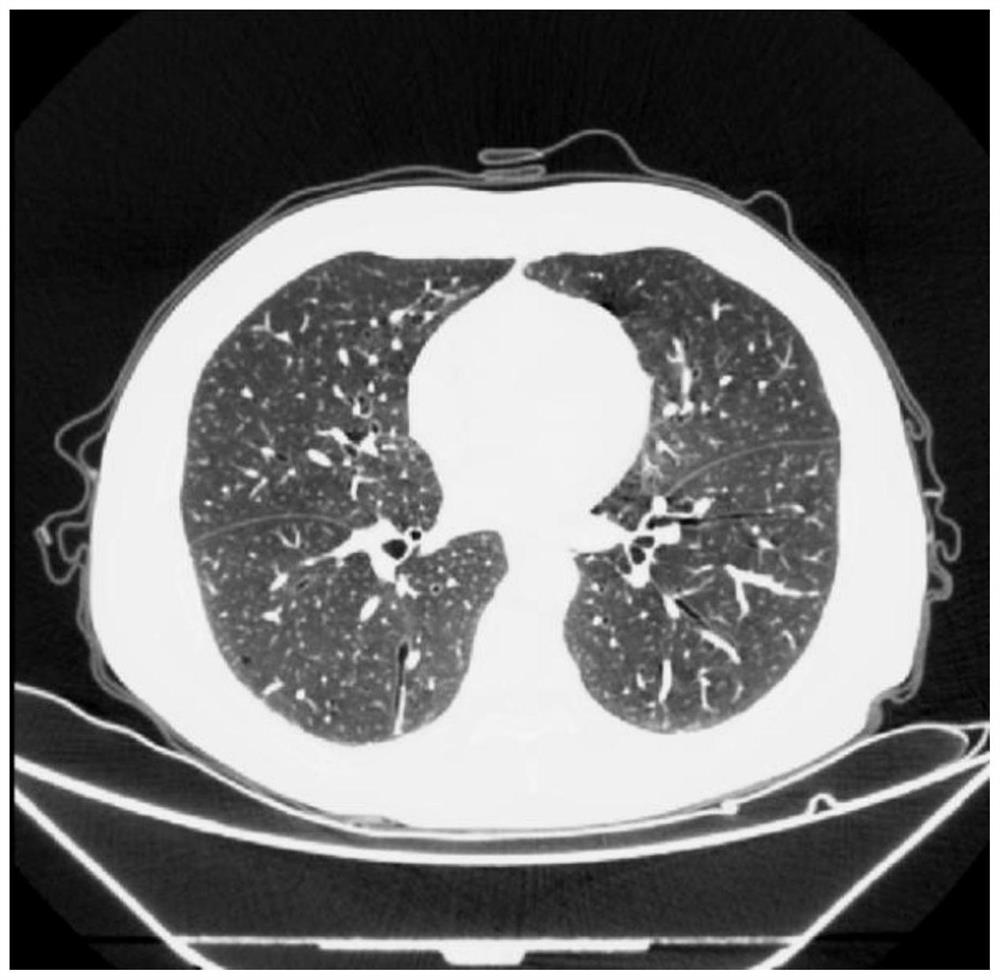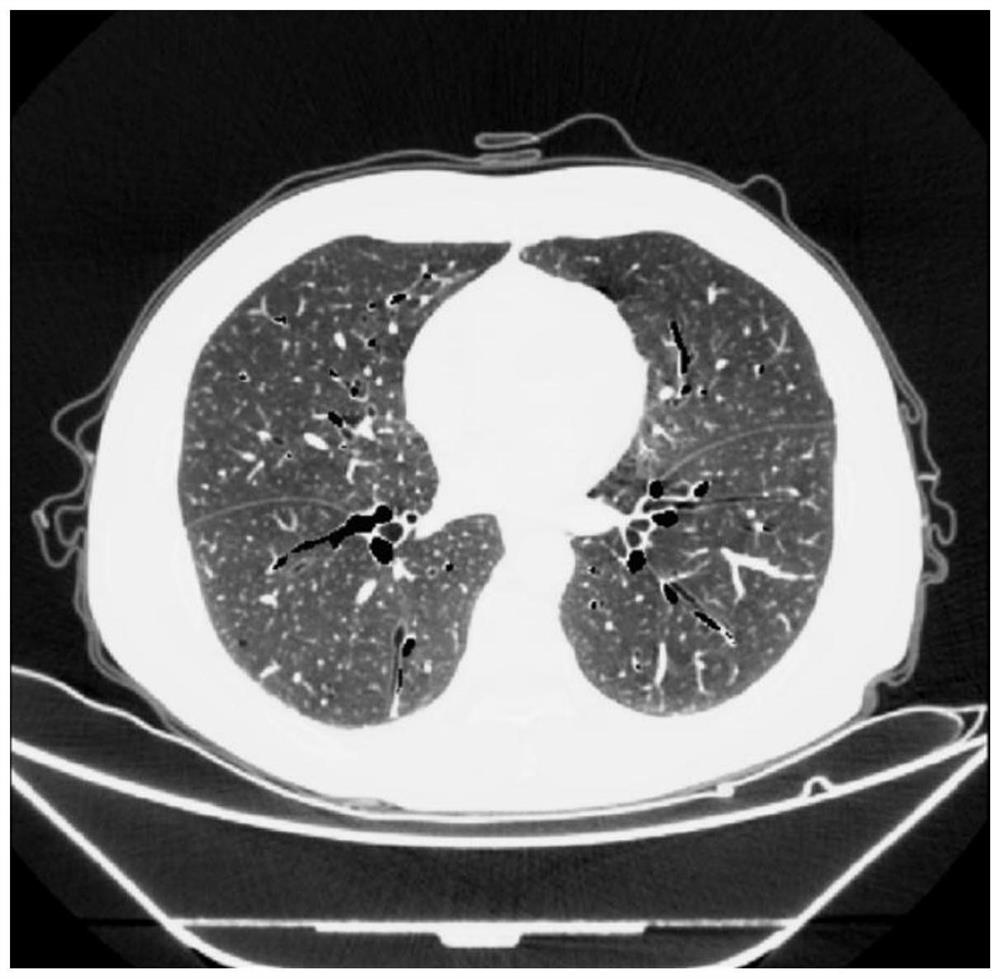Method for compressing human body pipeline tissue three-dimensional model
A technology of 3D model and compression method, which is applied in the medical field, can solve problems affecting the real effect of 3D rendering, large 3D model file size, and spike phenomenon, and achieve the effects of reduced network transmission performance, good surgical planning, and reduced quantity
- Summary
- Abstract
- Description
- Claims
- Application Information
AI Technical Summary
Problems solved by technology
Method used
Image
Examples
Embodiment 1
[0032] like Figure 1-5 As shown, a method for compressing a three-dimensional model of a human body pipeline tissue includes the following specific steps:
[0033] Step 1: Obtain the preoperative CT images of the patient, perform homogeneity resampling, and normalize CT values for preprocessing;
[0034] Step 2: Input the CT sequence into the pre-trained image segmentation algorithm to extract the target tissue; segment it into a target tissue mask image sequence, that is, the voxels belonging to the target tissue in the original medical image are marked in white (8-bit code). , grayscale value = 255);
[0035] Step 3: Perform connectivity denoising processing. According to the connectivity of voxels 6, the first N largest connected domains are taken, and other smaller connected domains are removed as segmentation noise; N is set as 2;
[0036] Step 4: Perform Gaussian smoothing on the segmentation mask to obtain grayscale mask data whose grayscale transitions from 255 t...
Embodiment 2
[0048] like Figure 1-5 As shown, a method for compressing a three-dimensional model of a human body pipeline tissue includes the following specific steps:
[0049] Step 1: Obtain the preoperative CT images of the patient, perform homogeneity resampling, and normalize CT values for preprocessing;
[0050] Step 2: Input the CT sequence into the pre-trained image segmentation algorithm to extract the target tissue; segment it into a target tissue mask image sequence, that is, the voxels belonging to the target tissue in the original medical image are marked in white (8-bit code). , grayscale value = 255);
[0051] Step 3: Perform connectivity de-noising processing. According to the connectivity of the voxels, the 8 connected domains are selected, and the first N largest connected domains are taken, and the other smaller connected domains are removed as segmentation noise; N is set as 3;
[0052] Step 4: Perform Gaussian smoothing on the segmentation mask to obtain grayscale...
Embodiment 3
[0064] like Figure 1-5 As shown, a method for compressing a three-dimensional model of a human body pipeline tissue includes the following specific steps:
[0065] Step 1: Obtain the preoperative CT images of the patient, perform homogeneity resampling, and normalize CT values for preprocessing;
[0066] Step 2: Input the CT sequence into the pre-trained image segmentation algorithm to extract the target tissue; segment it into a target tissue mask image sequence, that is, the voxels belonging to the target tissue in the original medical image are marked in white (8-bit code). , grayscale value = 255);
[0067] Step 3: Perform connectivity de-noising processing. According to the connectivity of the voxels, the 8 connected domains are selected, and the first N largest connected domains are taken, and the other smaller connected domains are removed as segmentation noise; N is set as 4;
[0068] Step 4: Perform Gaussian smoothing on the segmentation mask to obtain grayscale...
PUM
 Login to View More
Login to View More Abstract
Description
Claims
Application Information
 Login to View More
Login to View More - R&D
- Intellectual Property
- Life Sciences
- Materials
- Tech Scout
- Unparalleled Data Quality
- Higher Quality Content
- 60% Fewer Hallucinations
Browse by: Latest US Patents, China's latest patents, Technical Efficacy Thesaurus, Application Domain, Technology Topic, Popular Technical Reports.
© 2025 PatSnap. All rights reserved.Legal|Privacy policy|Modern Slavery Act Transparency Statement|Sitemap|About US| Contact US: help@patsnap.com



